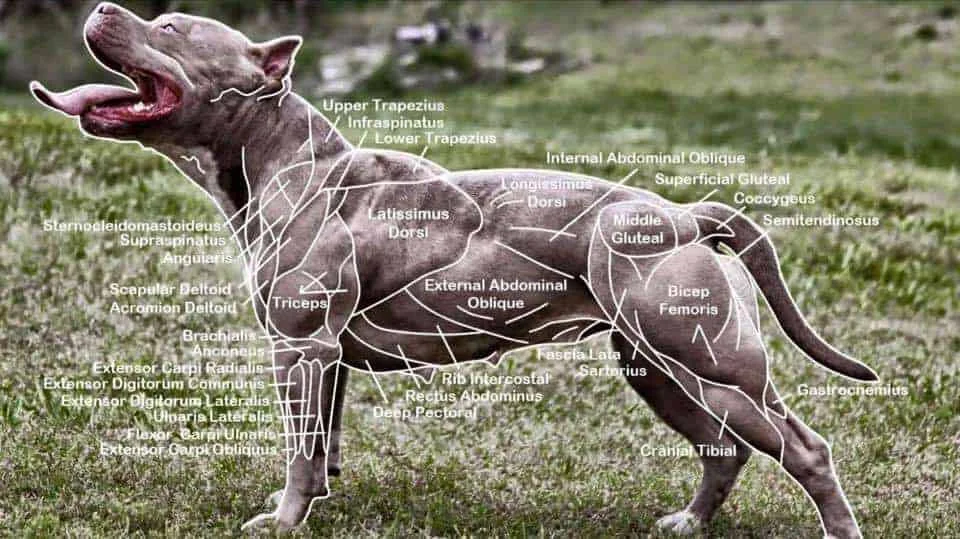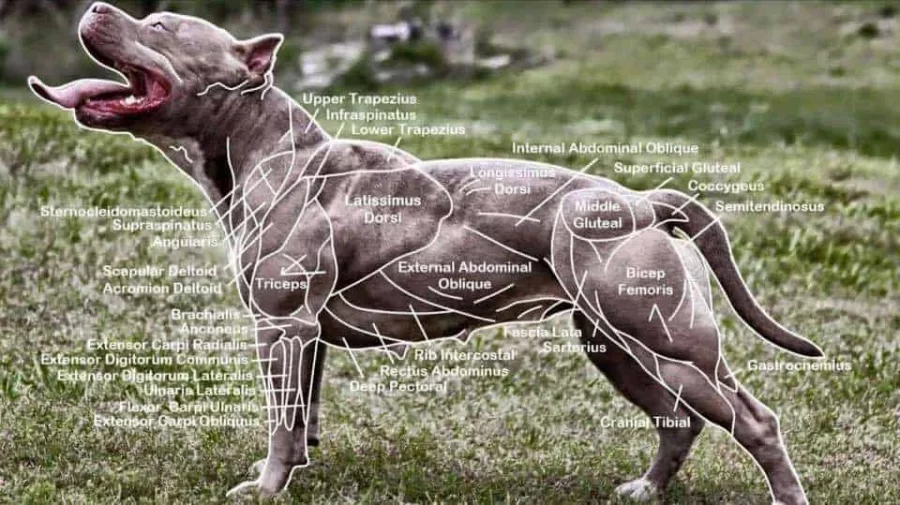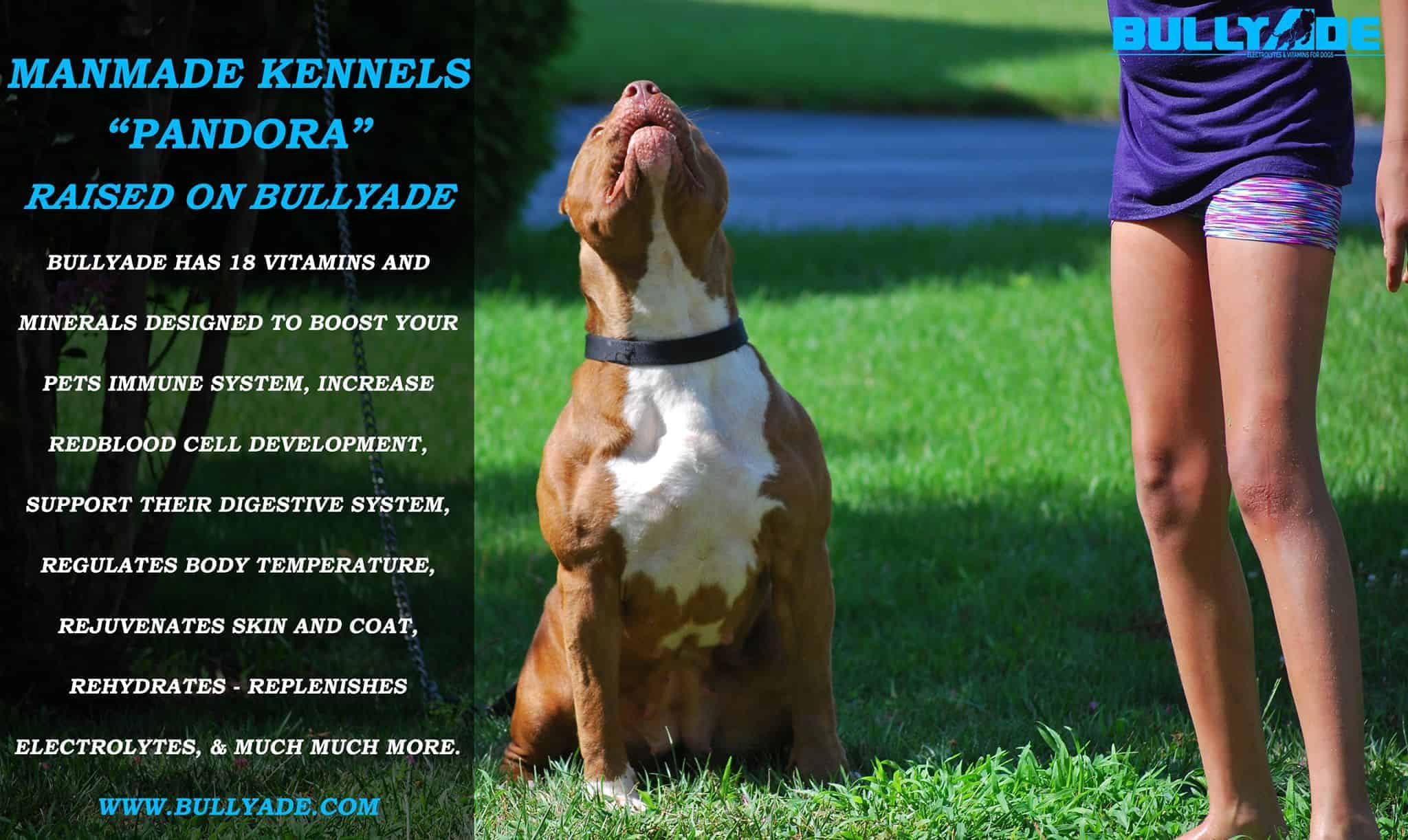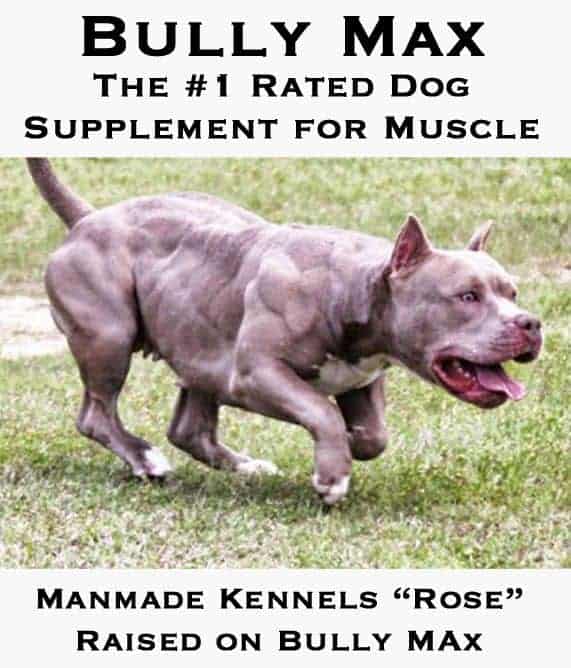As a Pitbull owner or enthusiast, understanding the muscular structure of these powerful dogs is crucial. The American Pitbull Terrier is renowned for its impressive physique, and a detailed Pitbull muscle chart can provide valuable insights into their anatomy. In this comprehensive guide, we'll explore the top 10 major muscle groups in Pitbulls, address frequently asked questions, and provide tips for maintaining your Pitbull's muscular health.
The Pitbull Muscle Chart: An Overview
Pitbulls are known for their strong, well-defined muscles. Their muscular structure is a key component of their athletic ability and overall health. A Pitbull muscle chart typically highlights the following areas:
- Neck and shoulders
- Chest and back
- Abdominal and hip region
- Legs (both front and hind)
- Facial muscles
Compared to other breeds, Pitbulls often have more pronounced muscles, especially in the chest, shoulders, and hindquarters. This unique muscular development contributes to their strength and agility.
Top 10 Major Muscle Groups in Pitbulls
1. Neck Muscles
The neck muscles, including the sternocleidomastoid and trapezius, are crucial for head movement and support. In Pitbulls, these muscles are often well-developed, contributing to their powerful appearance.
2. Shoulder Muscles
The deltoids and supraspinatus muscles in the shoulders play a vital role in forelimb movement. Pitbulls typically have strong, defined shoulder muscles that enhance their athletic capabilities.
3. Chest Muscles
The pectoral muscles in a Pitbull's chest are often one of their most noticeable features. These muscles contribute to the breed's characteristic broad chest and play a crucial role in front leg movement.
4. Back Muscles
The latissimus dorsi and rhomboid muscles along a Pitbull's back provide stability and power for various movements. These muscles are essential for activities like running and jumping.
5. Abdominal Muscles
A Pitbull's core strength comes from well-developed abdominal muscles, including the rectus abdominis and obliques. These muscles support the spine and contribute to overall body stability.
6. Hip Muscles
The gluteus maximus and iliopsoas muscles in the hip area are crucial for a Pitbull's powerful hindquarter movements. These muscles play a significant role in running, jumping, and overall mobility.
7. Thigh Muscles
The quadriceps and hamstrings in a Pitbull's thighs are typically well-developed, providing strength for activities like running and climbing. These muscles contribute significantly to the breed's athletic abilities.
8. Calf Muscles
The gastrocnemius muscles in the calves provide power for jumping and running. In Pitbulls, these muscles are often visible and well-defined, especially during physical activity.
9. Forearm Muscles
The brachioradialis and flexor carpi ulnaris in the forearms contribute to a Pitbull's grip strength and overall forelimb power. These muscles are essential for activities like digging and carrying objects.
10. Facial Muscles
While not typically highlighted on muscle charts, the temporalis and masseter muscles in a Pitbull's face are important for jaw movement and contribute to their characteristic facial expressions.
Frequently Asked Questions
Are Pitbulls naturally muscular?
Yes, Pitbulls are naturally muscular dogs. Their genetic makeup predisposes them to develop strong, defined muscles. However, proper nutrition and exercise are crucial for maintaining their muscular physique.
How can I help my Pitbull build muscle?
To help your Pitbull build and maintain muscle, focus on a balanced diet rich in protein, regular exercise, and strength-building activities. Always consult with your veterinarian before starting any new exercise regimen.
What exercises are best for Pitbull muscle development?
Exercises that can help with Pitbull muscle development include:
- Walking or jogging
- Swimming
- Tug-of-war (with appropriate toys)
- Weight pulling (under professional guidance)
- Agility training
Remember to start slowly and gradually increase intensity to prevent injury.
Is a muscular Pitbull healthier than a less muscular one?
Not necessarily. While a well-muscled Pitbull may be indicative of good health and fitness, overall health depends on various factors including diet, exercise, genetics, and regular veterinary care. A less visibly muscular Pitbull can still be perfectly healthy.
How does a Pitbull's muscle structure compare to other bully breeds?
Pitbulls often have more pronounced muscles compared to some other bully breeds. However, breeds like American Bulldogs and American Staffordshire Terriers also have similar muscular structures. The exact differences can vary based on individual genetics and lifestyle factors.
Maintaining Healthy Muscles in Pitbulls
Proper nutrition is crucial for maintaining healthy muscles in Pitbulls. A diet rich in high-quality protein, balanced with appropriate amounts of carbohydrates and healthy fats, supports muscle health and overall well-being. Consult with your veterinarian to determine the best diet for your Pitbull's specific needs.
Regular exercise routines are equally important for muscle maintenance. This can include daily walks, play sessions, and structured activities like agility training. Remember to provide plenty of rest between exercise sessions to allow for muscle recovery and growth.
While exercise and nutrition play significant roles, it's important to note that genetics also influence a Pitbull's musculature. Some Pitbulls may naturally develop more visible muscles than others, even with similar care routines.
Common Muscle-Related Health Issues in Pitbulls
Despite their strong build, Pitbulls can be prone to certain muscle-related health issues:
- Strains and sprains: Overexertion or sudden movements can lead to muscle strains or ligament sprains.
- Hip dysplasia: This genetic condition affects the hip joint and can impact surrounding muscles.
- Cruciate ligament rupture: This knee injury can affect a Pitbull's mobility and muscle function in the hind legs.
Regular vet check-ups and maintaining a healthy weight can help prevent or manage these issues.
Conclusion
Understanding your Pitbull's muscular anatomy is key to providing the best care for your furry friend. By familiarizing yourself with the major muscle groups and their functions, you can better appreciate your Pitbull's physical capabilities and needs. Remember that while a muscular build is characteristic of the breed, each dog is unique. Focus on providing a balanced diet, appropriate exercise, and regular veterinary care to keep your Pitbull healthy and happy.
Additional Resources
For more information on Pitbull anatomy and care, consider the following resources:
- "Canine Anatomy" by Robert A. Kainer and Thomas O. McCracken
- American Veterinary Medical Association (www.avma.org)
- United Kennel Club (www.ukcdogs.com)
Always consult with your veterinarian for personalized advice on your Pitbull's health and care.
XL Pitbull Muscle Chart
